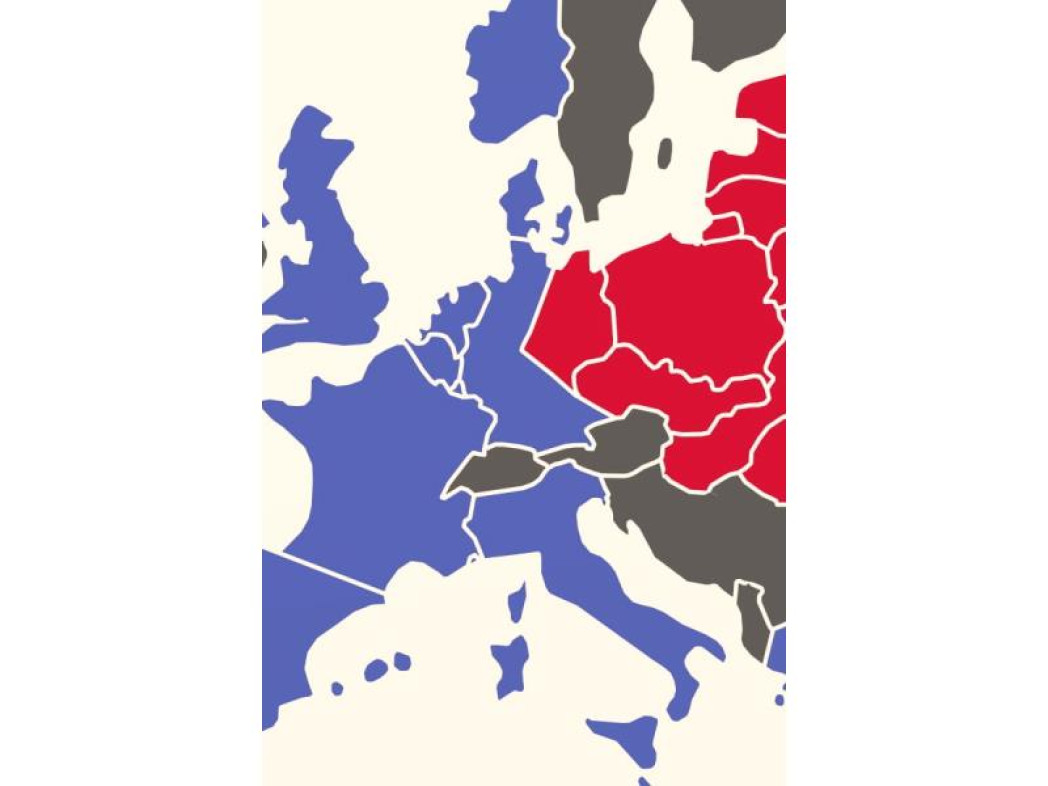
LocationRoom BZ D1.02, Universitätsplatz 1 - Piazza Università, 1, 39100 Bozen-Bolzano
Departments CC Regional History
Contact Karlo Ruzicic-Kessler
karlo.ruzicickessler@unibz.it
29 Nov - 30 Nov 2019
Conference: “Europa der Grenzen – Neue Perspektiven auf Grenzen im Kalten Krieg”
The conference reassesses borders in Europe during the Cold War. International experts will discuss political, economic and social questions in a regional, national and international context
LocationRoom BZ D1.02, Universitätsplatz 1 - Piazza Università, 1, 39100 Bozen-Bolzano
Departments CC Regional History
Contact Karlo Ruzicic-Kessler
karlo.ruzicickessler@unibz.it
The 30th anniversary of the fall of the Berlin Wall and current border discussions as well as the demands for the erection of new barriers between states in Europe, presents an opportunity to reflect on borders in Cold War Europe from a historical perspective and to reassess their significance. With the conference “Europa der Grenzen – Neue Perspektiven auf Grenzen im Kalten Krieg”, the Competence Center for Regional History of the Free University of Bozen-Bolzano and the Austrian Historical Institute in Rome will contribute to the re-evaluation of various border scenarios in Europe between 1945 and 1990 and bring together experts with at a conference in Bozen-Bolzano.
After 1945 and with the advent of the Cold War, Europe was perceived for decades as a divided continent. The East-West conflict marked an entire era and the "Iron Curtain" stood emblematically for the hard border between two different political, economic and social models. The conference examines various borderline scenarios, puts them into a comparative perspective and analyses long-term effects. The focus is not only on the separation between East and West, but also on other borders, border conflicts, border-like settings and integrative elements (in and between East and West). Questions about the importance of borders for local economies and societies, the development of border areas and the permeability of borders, various integration processes in border areas and the handling of “hard” borders in regional, national and international contexts will be discussed. The border is thus regarded as a separating and connecting element and offers itself as a showcase for various socio-economic and political processes in Europe during the Cold War.
After 1945 and with the advent of the Cold War, Europe was perceived for decades as a divided continent. The East-West conflict marked an entire era and the "Iron Curtain" stood emblematically for the hard border between two different political, economic and social models. The conference examines various borderline scenarios, puts them into a comparative perspective and analyses long-term effects. The focus is not only on the separation between East and West, but also on other borders, border conflicts, border-like settings and integrative elements (in and between East and West). Questions about the importance of borders for local economies and societies, the development of border areas and the permeability of borders, various integration processes in border areas and the handling of “hard” borders in regional, national and international contexts will be discussed. The border is thus regarded as a separating and connecting element and offers itself as a showcase for various socio-economic and political processes in Europe during the Cold War.